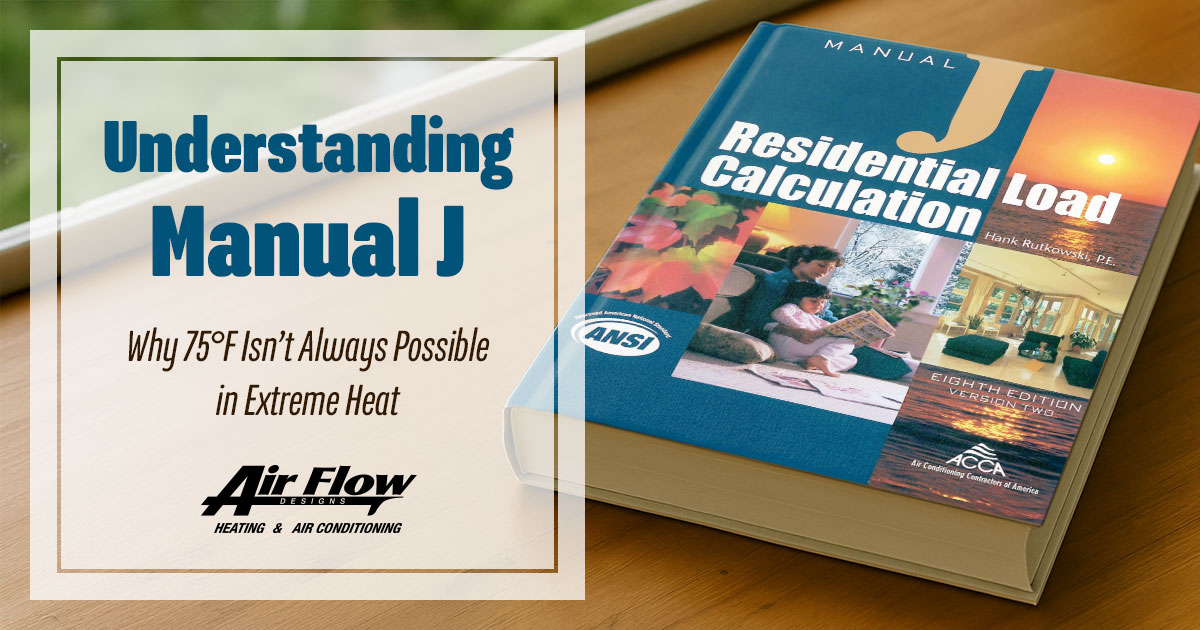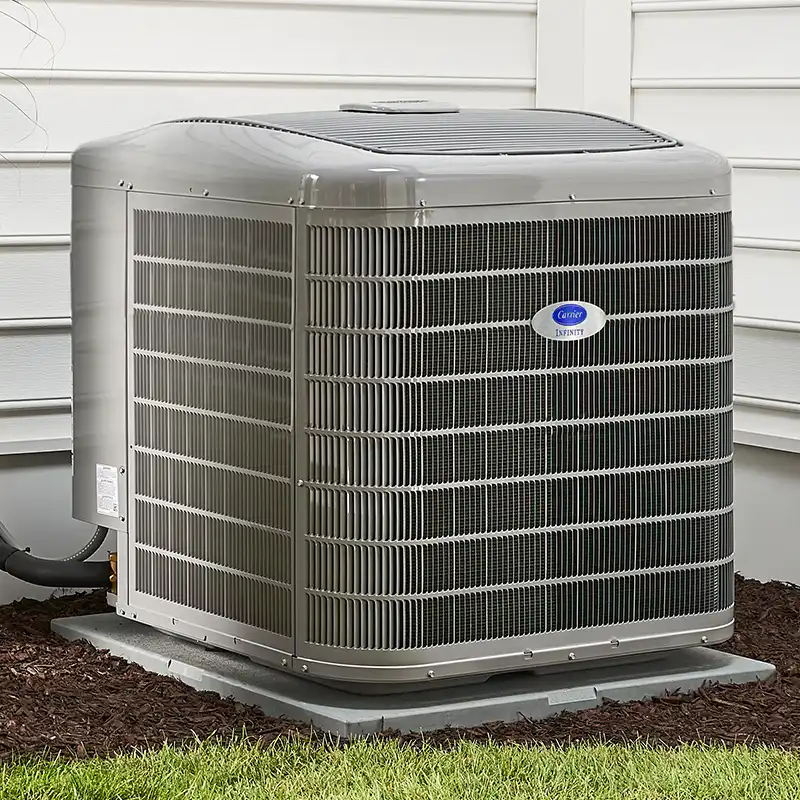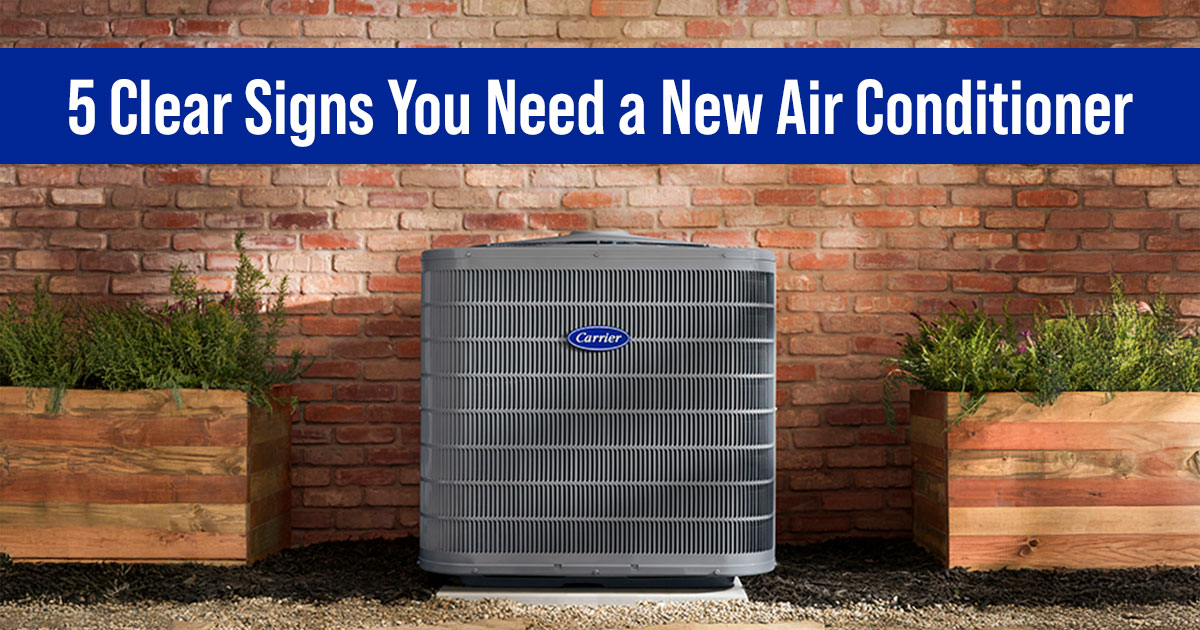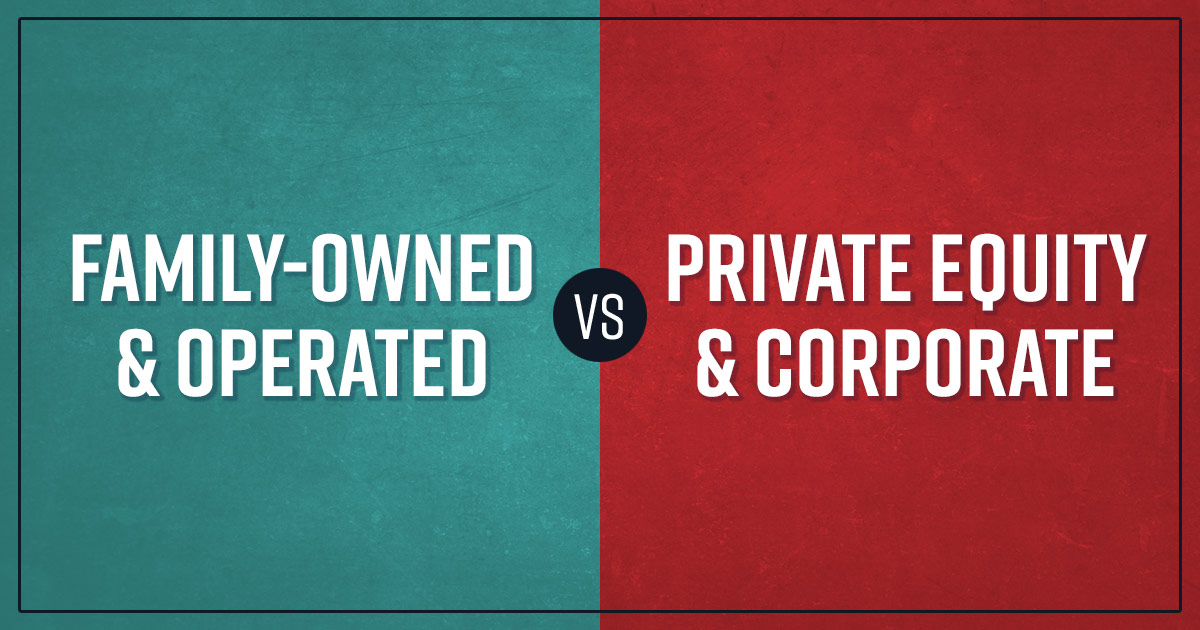You’ve cranked the thermostat down, waited hours, and still your AC won’t go below 75 degrees. Before you assume your system is broken, let’s talk about why this happens and why it’s actually completely normal. The reality is that your air conditioner is likely performing exactly as engineered, following industry standards that prioritize efficiency and longevity over arctic indoor temperatures.
What Is Manual J?
Manual J represents the gold standard for HVAC load calculations in our industry. Created by the Air Conditioning Contractors of America (ACCA), this methodology determines exactly how much heating and cooling power your specific home requires. Think of it as a custom prescription for your house—taking into account everything from your insulation quality to which direction your windows face. The objective isn’t to create an ice box; it’s to deliver optimal comfort while maintaining system efficiency and reasonable energy costs.
Air Flow Designs Follows ACCA Manual J Specifications
In Florida, many permit offices require Manual J load calculations for new residential construction and major renovations that involve HVAC system changes, ensuring proper system sizing and energy efficiency throughout the state. For replacement projects—where an existing HVAC system is being swapped out—we use Manual J calculations in certain situations, such as when there are significant changes to the home’s structure, insulation, or usage patterns, but not always for every replacement. This approach allows us to balance accuracy, efficiency, and practicality for each customer.
Why the Temperature Difference Matters
Here’s the truth that surprises many homeowners: your AC won’t go below 75 degrees on extremely hot days because it’s not supposed to. HVAC systems are designed to maintain a maximum indoor-outdoor temperature differential of about 16 to 20 degrees, though this may vary depending on where you’re located in Florida and other factors specific to your home. This isn’t a limitation—it’s intentional engineering based on decades of research into optimal system performance.
Example Scenario
When the mercury hits 95°F outside, your system may be designed to maintain indoor temperatures between 75–78°F. Push the outdoor temperature higher, and your AC won’t go below 75 degrees because it’s already operating at full capacity. The system isn’t failing; it’s reaching the boundary of its design parameters.
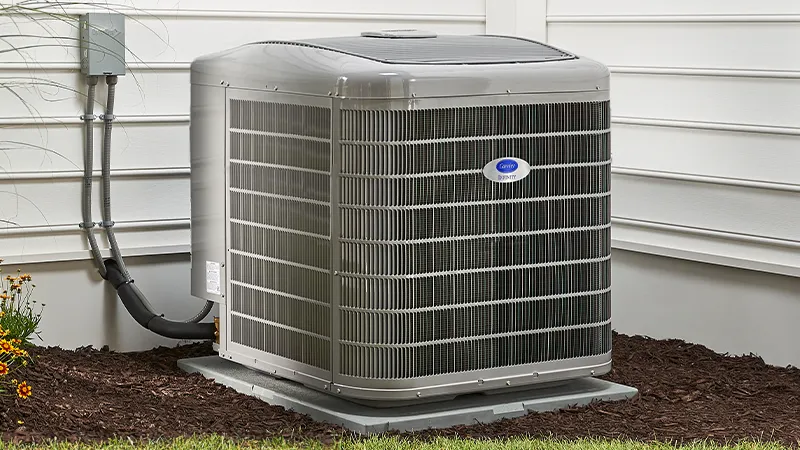
Carrier: A Name You Can Trust
Why Not Oversize the System?
The temptation to install a larger system seems obvious—bigger should mean cooler, right? Wrong. Oversized systems create more problems than they solve:
- Short Cycling Issues: Oversized units reach temperature quickly, then shut down before completing proper cooling cycles. This constant on-off pattern damages components and reduces equipment lifespan.
- Humidity Problems: Effective dehumidification requires sustained operation. When your AC won’t go below 75 degrees because it’s too large and cycles too quickly, moisture removal suffers, leaving you feeling sticky despite cool air.
- Energy Waste: Larger systems consume more power during startup, and frequent cycling multiplies this waste without improving comfort.
Manual J calculations prevent these issues by matching system capacity to actual home requirements rather than wishful thinking.
Schedule your FREE estimate online for a new air conditioning system now!
What Goes Into a Manual J Calculation?
Professional load calculations examine multiple factors that affect your home’s thermal behavior:
- Physical Structure: Square footage, ceiling heights, and room layouts all influence cooling requirements.
- Building Envelope: Insulation levels, window specifications, and door types determine heat transfer rates.
- Solar Exposure: Home orientation and shading affect solar heat gain throughout the day.
- Internal Loads: Occupancy levels, appliance usage, and lighting contribute internal heat that systems must overcome.
- Location: Latitude within Florida and coastal versus inland positioning impact humidity and temperature loads.
- Air Infiltration: Blower door testing reveals how much outdoor air leaks into your home, directly impacting cooling loads.
These variables combine to establish your home’s precise BTU requirements—the foundation for proper system sizing.
The Bottom Line
When your AC won’t go below 75 degrees on sweltering summer days, remember that this represents normal operation within design parameters. The 17-20 degree temperature differential isn’t a bug—it’s a feature that ensures your system operates efficiently, maintains proper humidity control, and delivers years of reliable service.
Understanding these limitations helps set realistic expectations and prevents unnecessary service calls. Your air conditioner is working harder than you might realize to maintain that 75-degree indoor environment when it’s blazing hot outside.
Have concerns about your system’s performance or want to discuss how Manual J calculations apply to your specific situation? Air Flow Designs is ready to evaluate your home’s unique cooling challenges and ensure your system is performing as intended. Contact us today!
Family-owned and operated since 1958, Air Flow Designs serves Orlando, Jacksonville, Haines City, and Tampa, and is a trusted leader in residential, commercial, and new construction HVAC solutions.
